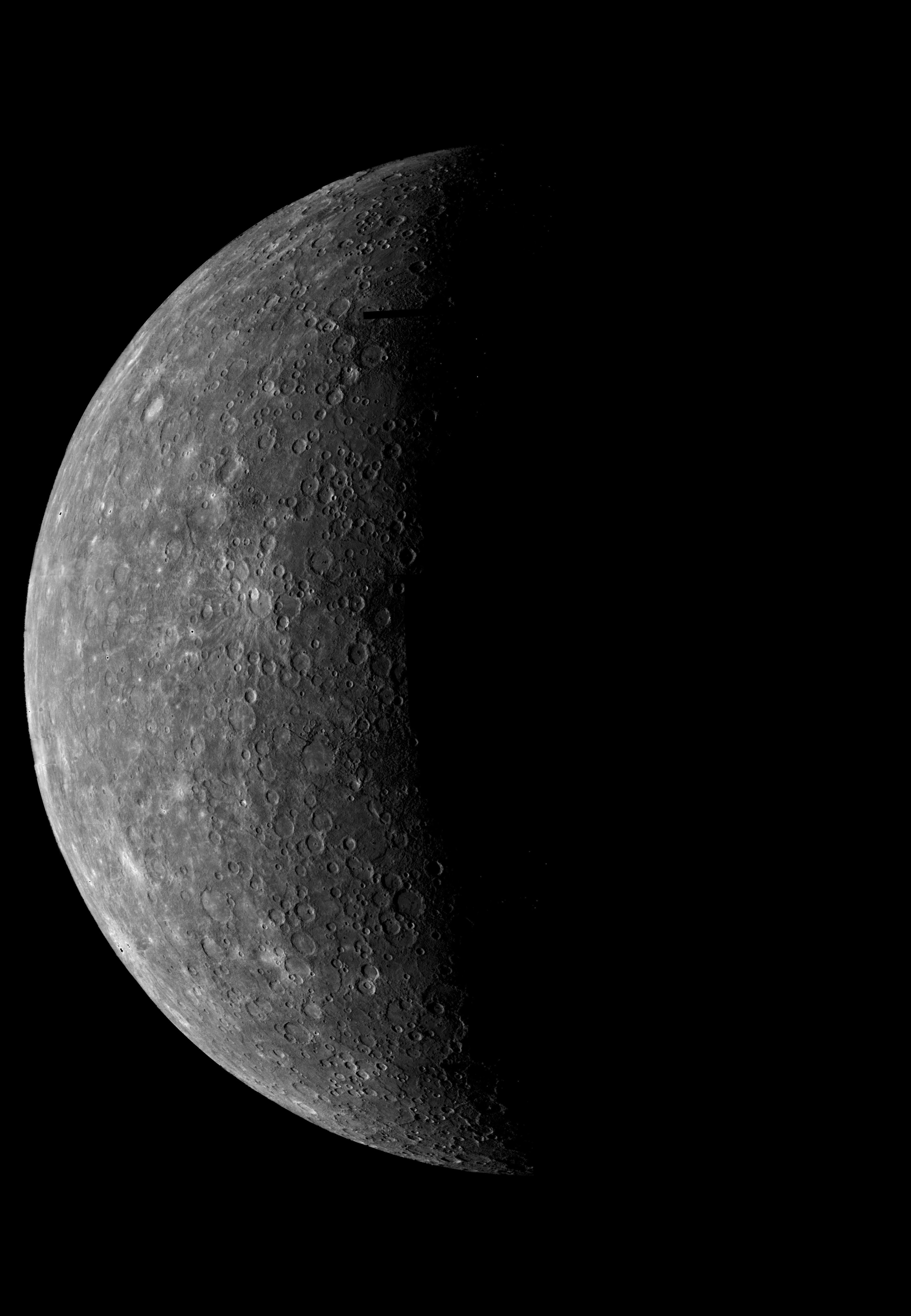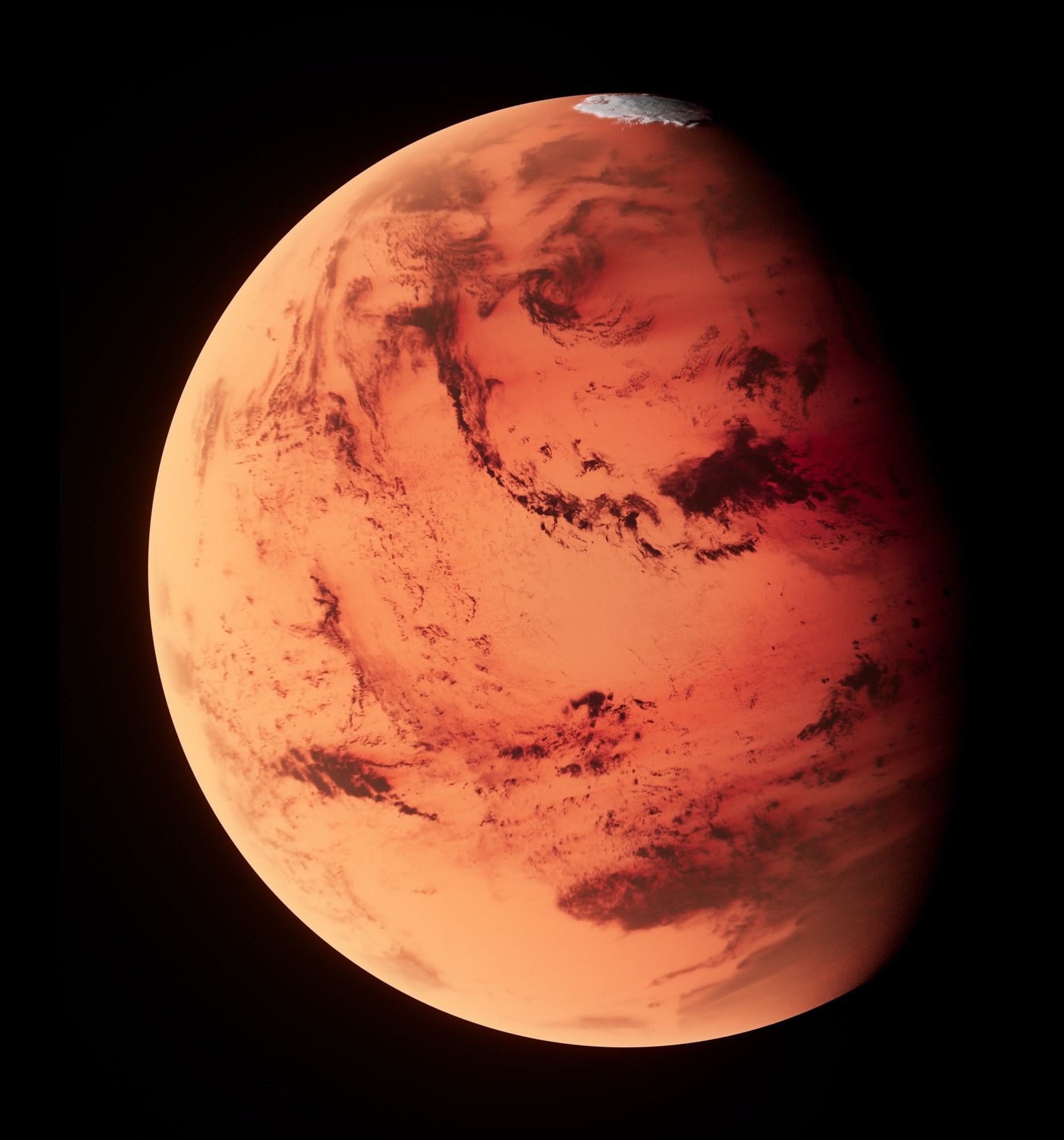Moon
The moon, Earth's lone natural satellite, enchants with its gentle glow in the night sky. Roughly 1/6th the size of our planet, it exerts a gravitational pull that shapes Earth's tides. Its surface displays a dramatic contrast, featuring pockmarked highlands and dark, smooth plains known as maria. The moon has long been a source of human fascination, inspiring scientific exploration and cultural wonder. It remains a symbol of the universe's enigmatic beauty and a testament to the mysteries of space.
Jupiter
Jupiter, the largest planet in our solar system, is a colossal gas giant that reigns as a celestial giant. Its immense size is awe-inspiring, dwarfing all other planets with its vast bulk. Recognizable by its striking bands of colorful clouds and its iconic Great Red Spot, a massive storm system, Jupiter's turbulent atmosphere is a subject of fascination for scientists and amateur astronomers alike. As a gas giant, it lacks a solid surface, making it a unique and captivating world, offering insights into the extreme environments found beyond Earth.
Mars
Mars, often referred to as the "Red Planet," is Earth's neighboring planet and a tantalizing target for exploration. Its rusty hue is due to iron-rich minerals on its surface, which create a distinct Martian landscape. Mars has long intrigued scientists due to its potential for hosting past or present life, and it remains a focal point for future human missions. It features a thin atmosphere, vast canyons like Vales Mariners, and the tallest volcano in the solar system, Olympus Mons. Mars is a captivating celestial neighbor.


